3-Day Agra Tour Package with Taj Mahal View
Explore the beauty of Agra including the majestic Taj Mahal.

The Ram Mandir in Ayodhya is more than just a temple; it symbolizes devotion, faith, and a deep-rooted spiritual heritage. Recognized as one of India’s most revered religious sites, the temple welcomes millions of pilgrims and tourists each year. Dedicated to Lord Rama, a central figure in Hindu mythology, the temple is nestled on the banks of the Saryu River in Ayodhya. Beyond its role as a sacred place of worship, it stands as a testament to a rich cultural legacy that has endured through the ages. In this guide, we’ll explore the fascinating history of the Ram Mandir, share travel tips, highlight nearby attractions, and provide additional details to enhance your visit.
The Ram Mandir’s history is closely intertwined with the spiritual narrative of Lord Rama. According to Hindu tradition, Ayodhya is believed to be Lord Rama’s birthplace, and the site where the temple now stands is his janmabhoomi (birthplace). The first temple at this location is thought to have been built by King Vikramaditya in the 1st century BCE. Over the centuries, the temple underwent various reconstructions, reflecting the changing dynasties and rulers.
In 1528, the Mughal ruler Babur demolished the temple and constructed the Babri Masjid on its site. This sparked a long-standing conflict that spanned more than 450 years, involving numerous legal battles and community tensions. A turning point came in November 2019 when the Supreme Court of India issued a landmark ruling that allowed the construction of a new Ram Mandir at the disputed site. The court granted the land to the Hindu parties and allocated an alternate site for the mosque. On August 5, 2020, Prime Minister Narendra Modi laid the foundation stone of the new temple in a ceremony attended by religious leaders and dignitaries.
The new Ram Mandir, currently under construction, is designed to be an architectural marvel. Inspired by the traditional Nagara style, the temple will feature intricate carvings, a grand shikhara (spire), and a spacious courtyard. The sanctum sanctorum will house the idols of Lord Rama, Sita, Lakshman, and Hanuman. The temple complex will also include prayer halls, a museum, and an interpretation center to provide visitors with a deeper understanding of the temple’s significance.
The main structure of the temple is being constructed using pink sandstone from Rajasthan, while white marble will be used for the interiors. The Shri Ram Janmabhoomi Teerth Kshetra Trust is overseeing the design and construction of the temple.
The Ram Mandir will be open to visitors from early morning to late evening, with specific timings subject to change based on the day and special occasions. It is advisable to check the latest timings before planning your visit.
• Summer (April to June): Opens at around 6:00 AM and closes by 9:00 PM.
• Winter (October to March): Open from 7:00 AM to 8:00 PM.
• Special Days and Festivals: Extended hours are expected during festivals like Ram Navami, Diwali, and Dussehra. For detailed information, check the temple’s official website or local news sources, as special events may be organized by the temple trust.
While Ram Mandir is the main attraction in Ayodhya, there are several other notable sites to explore:
1. Hanuman Garhi: Located just 2 km from Ram Mandir, this temple is dedicated to Lord Hanuman and is believed to be where Hanuman guarded Ayodhya.
2. Kanak Bhawan: A beautiful temple dedicated to Lord Rama and Sita, known for its elaborate architecture and golden idols. It is one of the most visited temples in Ayodhya.
3. Nageshwarnath Temple: An ancient temple dedicated to Lord Shiva, situated on the banks of the Saryu River. It is believed to have been built by Kush, the son of Lord Rama.
4. Saryu River Ghats: A series of scenic ghats along the Saryu River, perfect for an evening stroll or a boat ride. The ghats are especially vibrant during the evening aarti, offering a memorable spiritual experience.
5. Ram Ki Paidi: A group of bathing ghats along the Saryu River, known for their serene beauty and spiritual ambiance.
6. Treta Ke Thakur: A temple commemorating Lord Rama’s Ashwamedha Yajna, said to house the footprints of Lord Rama.
1. Ram Navami: Celebrated as the birthday of Lord Rama, this festival draws thousands of devotees from across India. It features lively processions, religious discourses, and special prayers at the temple.
2. Diwali: The festival of lights marks Lord Rama’s return to Ayodhya after 14 years of exile. The entire city, particularly around the Ram Mandir, is illuminated with thousands of diyas (oil lamps).
3. Deepotsav: An annual event organized by the Uttar Pradesh government, featuring thousands of lamps lit on the Saryu River ghats. The event includes cultural programs, folk dances, and laser shows.
4. Dussehra: Celebrated with grand processions and cultural festivities, this festival marks the victory of good over evil, symbolized by Lord Rama’s defeat of Ravana.
• Dress Modestly: As Ram Mandir is a sacred site, visitors are advised to dress conservatively. Light, cotton clothing is suitable for summer, while warmer attire is necessary during winter.
• Photography Restrictions: Photography may be restricted in certain areas of the temple, particularly in the sanctum sanctorum. Look for signs or consult temple staff if unsure.
• Security Checks: Security is tight around the temple due to its significance, so be prepared for thorough checks. Avoid carrying large bags or prohibited items.
• Stay Hydrated: Ayodhya can get hot, especially in summer. Carry a water bottle, but note that plastic bottles may not be allowed inside the temple premises.
• Hire a Local Guide: Consider hiring a local guide to gain a deeper understanding of the temple’s history and significance. They can also help you navigate the city more efficiently.
What is the best time to visit Ram Mandir?
The best time to visit is between October and March when the weather is pleasant. It is advisable to avoid the summer months due to the intense heat.
Is there an entry fee for visiting Ram Mandir?
No, there is no entry fee for visiting Ram Mandir. Donations are welcome to support the temple’s maintenance and development.
Is there a dress code for visiting the temple?
Yes, visitors are expected to dress modestly. Traditional or conservative attire is recommended.
Can I take photographs inside the temple?
Photography is generally restricted in the inner sanctum. It is best to check with temple authorities for specific guidelines.
How can I reach Ram Mandir?
Ayodhya is well-connected by road, rail, and air. The nearest airport is in Lucknow, about 135 km away, and the nearest railway station is Ayodhya Junction.
What other places can I visit in Ayodhya?
Apart from Ram Mandir, you can visit Hanuman Garhi, Kanak Bhawan, Nageshwarnath Temple, and Saryu River Ghats.
Plan Your Pilgrimage with Vrindavan Tourism
Make your visit to Ram Mandir a memorable experience with Vrindavan Tourism. We offer customized tour packages, guided tours, and all the travel essentials you need to explore Ayodhya. Contact us at 7078723132 to plan your trip today!

Dec 26, 2025
Maha Shivratri 2026 is going to happen in India on Sunday, 15 Feb, 2026, 5:04 pm – Monday, 16 Feb, 2...
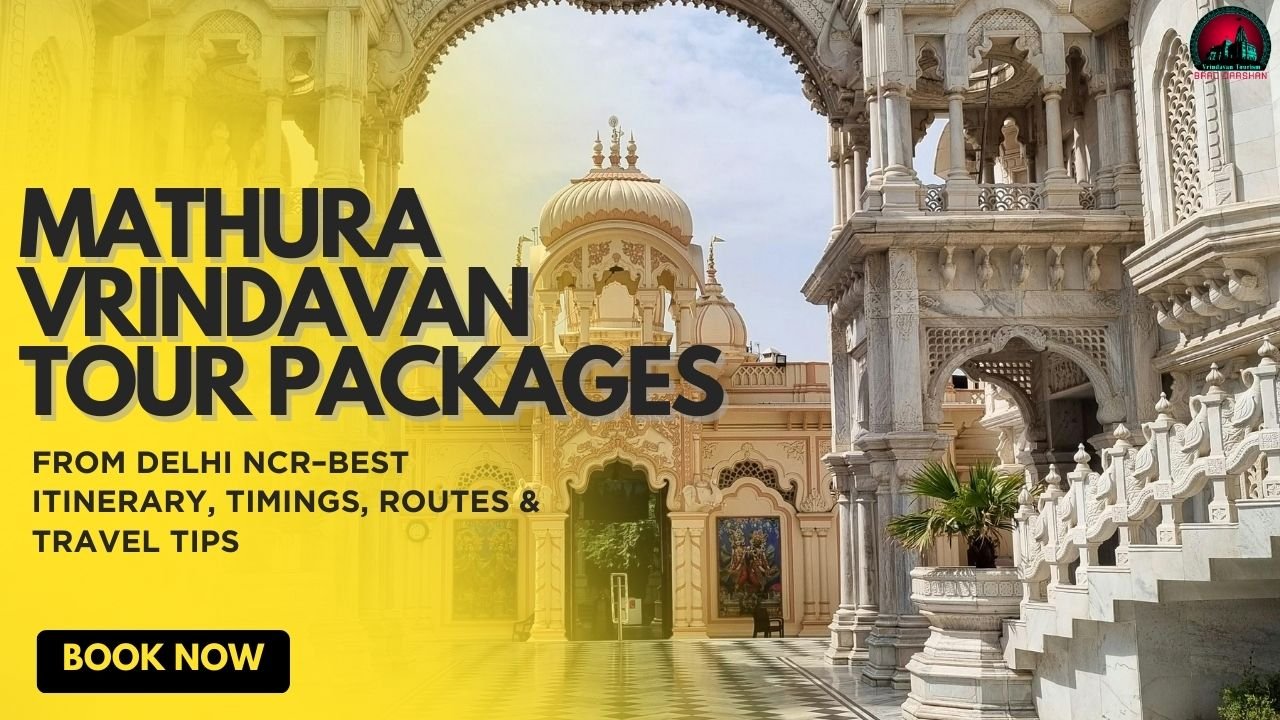
Dec 24, 2025
Delhi NCR devotees wrapped up in the hectic lifestyle of their city get a chance for a whole and fre...
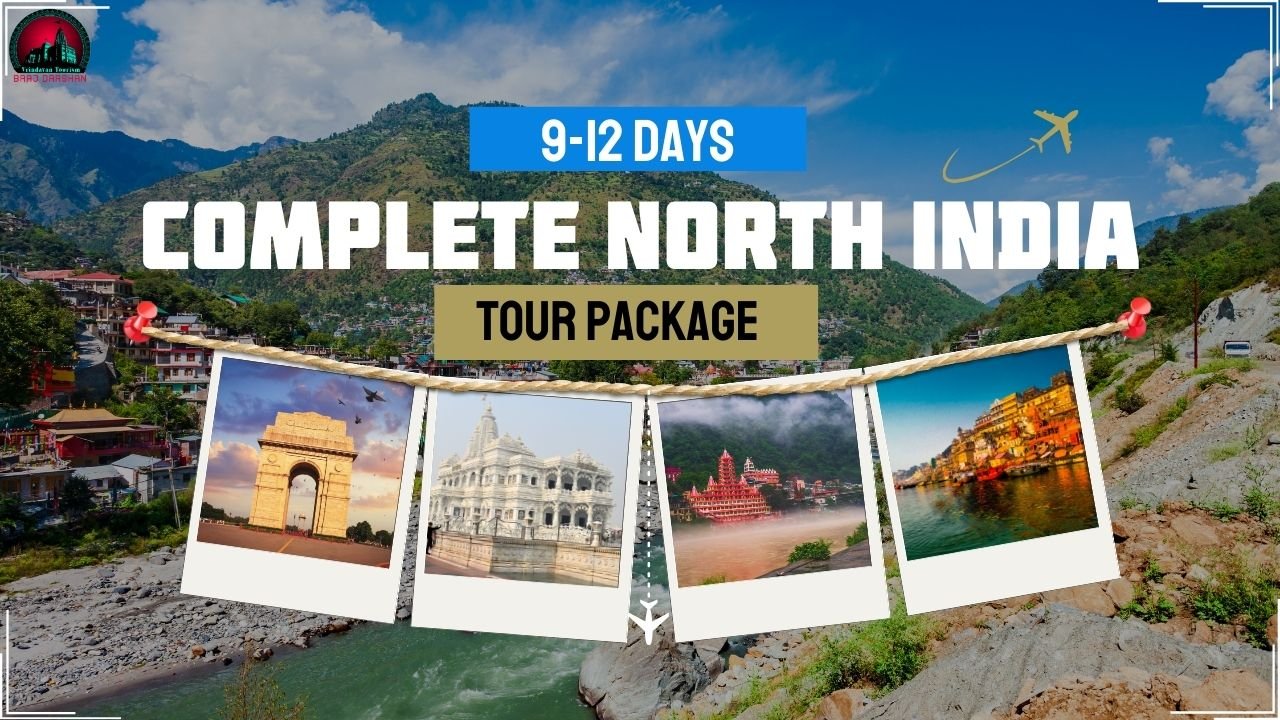
Dec 22, 2025
The 9–12 Days Complete Pilgrimage Tour Package – North India Spiritual Circuit is a well-tho...

Dec 20, 2025
Holi 2026 in India will be celebrated with lots of joy and happiness throughout the month of March....
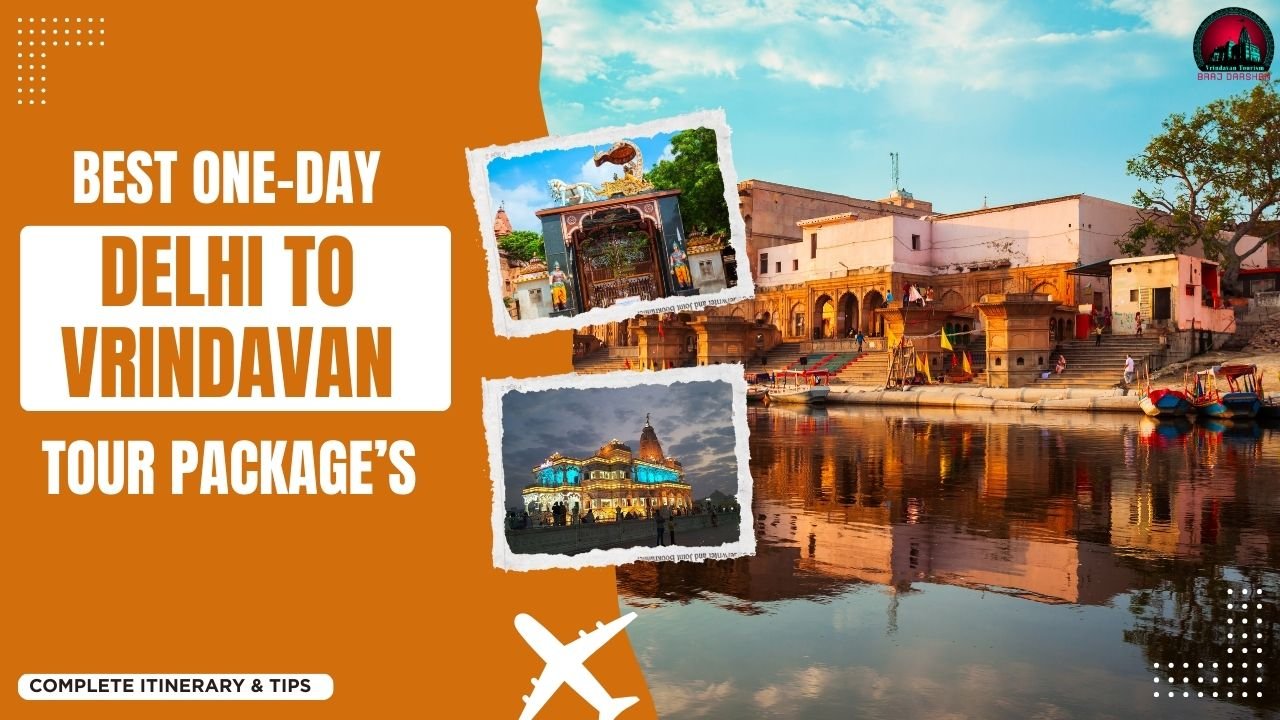
Dec 18, 2025
The Delhi to Vrindavan one-day tour is the ideal option to the devotees and other tourists who want...

Dec 17, 2025
haridwar and rishikesh are among the mostholy and spiritually uplifting locations in India that draw...
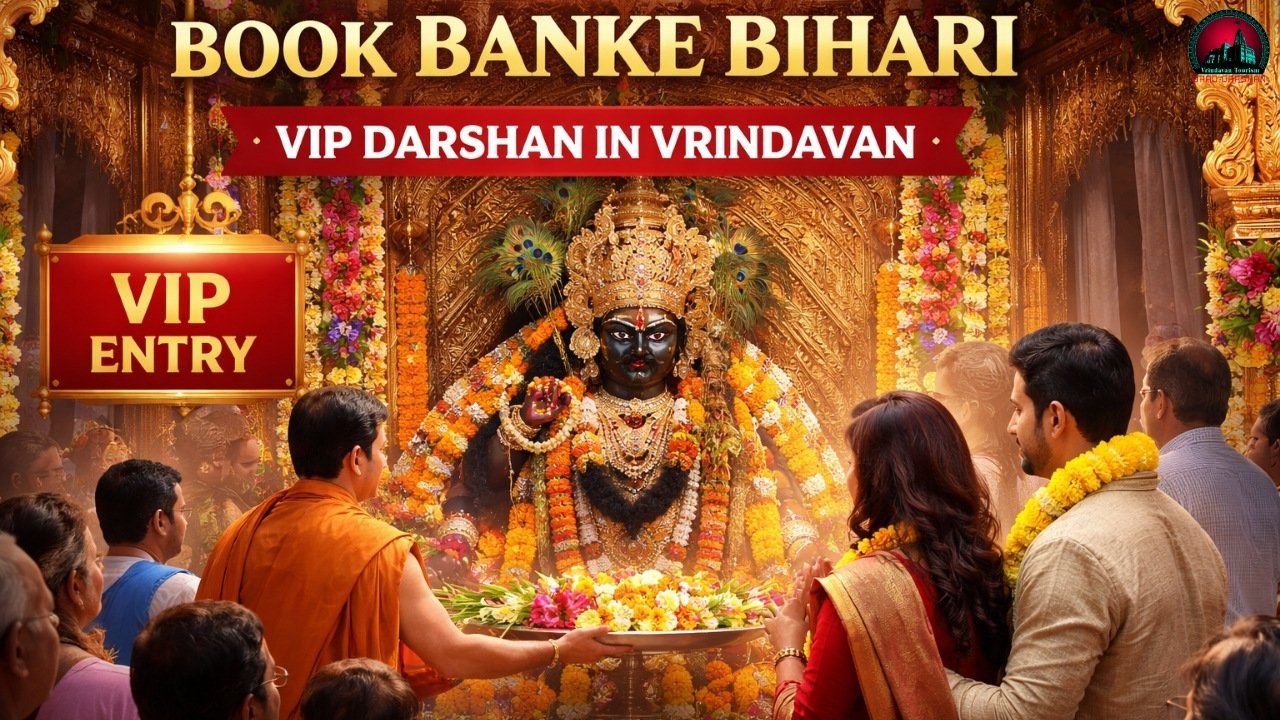
Dec 14, 2025
How to book a VIP Darshan at Banke Bihari Temple, Vrindavan:To book VIP Darshan for Banke Bi...
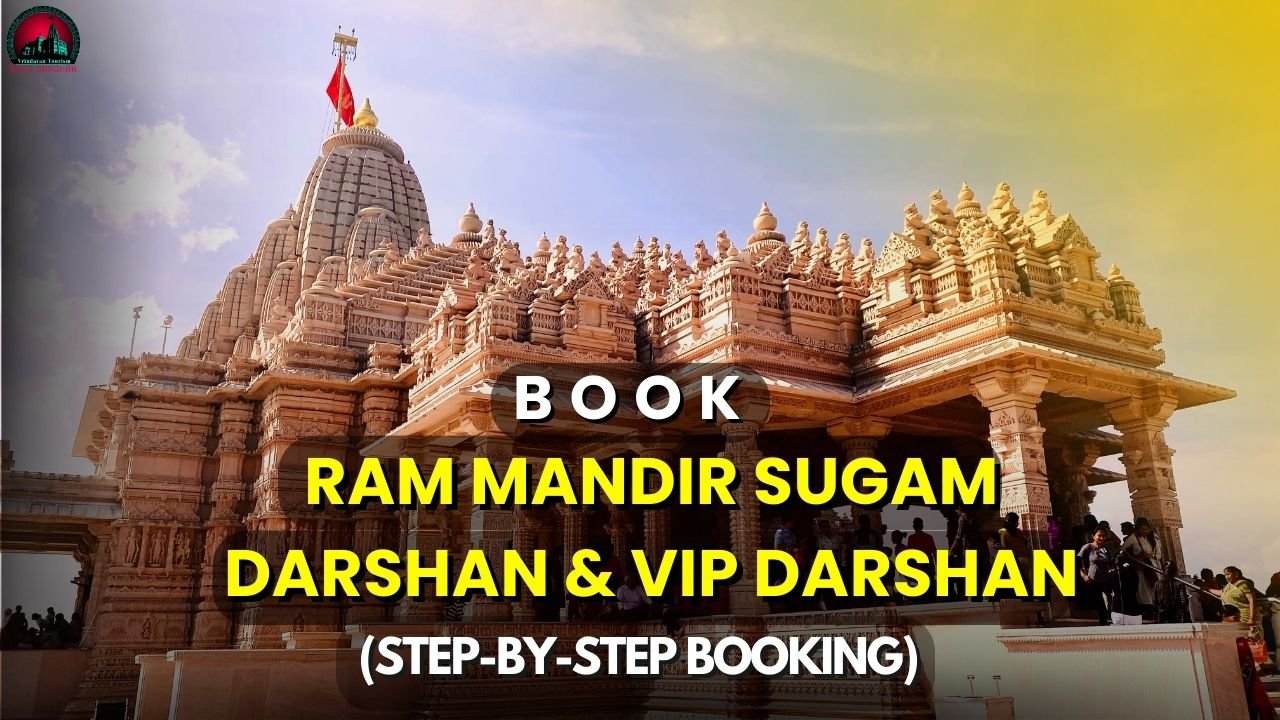
Dec 13, 2025
After its historic consecration, the Shri Ram Mandir in Ayodhya has literally gone viral among the p...

Dec 12, 2025
Mathura to Vrindavan distance is approximately 12–15 km, thus it is considered the fastest and most...
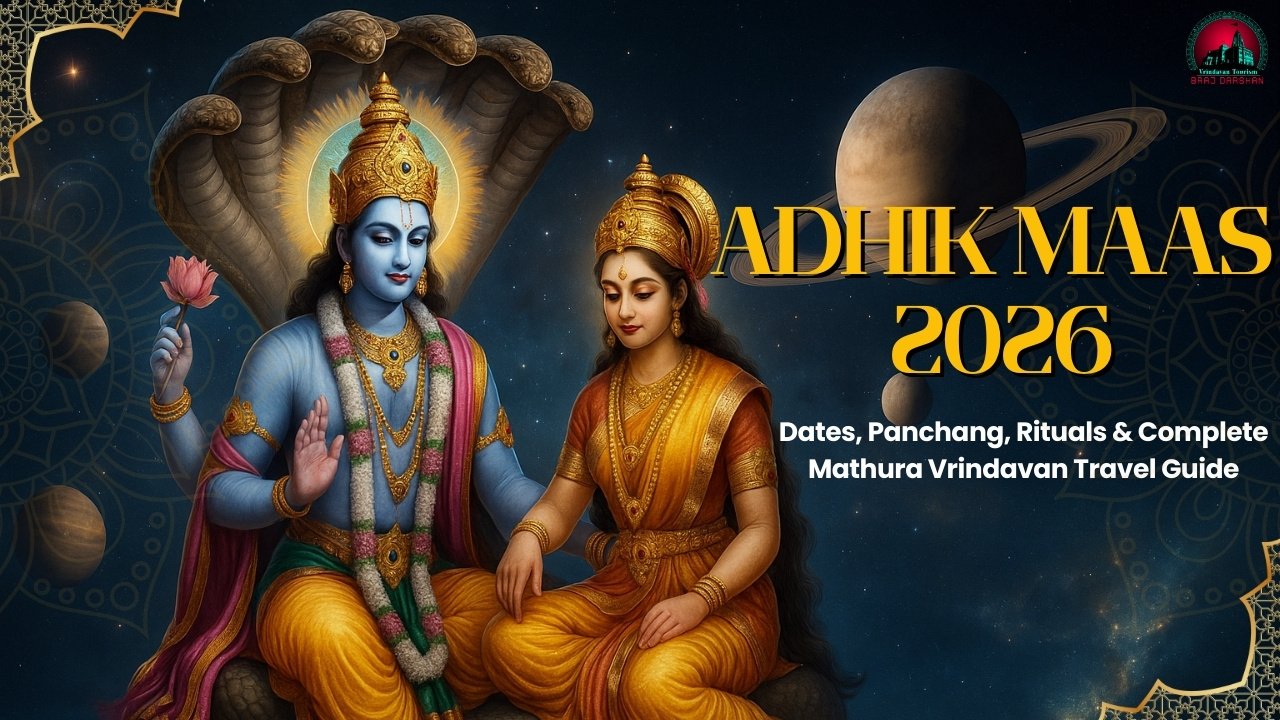
Dec 08, 2025
Adhik Maas 2026 - Important Dates, Significance, Festivals & Best Pilgrimage Guide.Purushottam M...